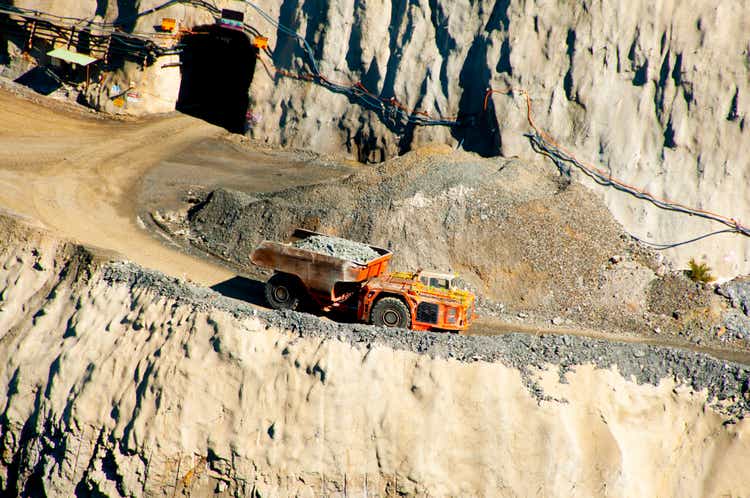
The Q4 Earnings Season for the Gold Miners Index (GDX) has finally come to an end, which means that many companies are busy reporting their Reserve & Resource statements for FY2020. One of the first companies

The Q4 Earnings Season for the Gold Miners Index (GDX) has finally come to an end, which means that many companies are busy reporting their Reserve & Resource statements for FY2020. One of the first companies
Taylor Dart is an individual investor with over 16 years of trading experience, with his primary focus being precious metals developers, producers and royalty/streaming companies.
Taylor leads the investing group Alluvial Gold Research, where he offers portfolios with entry/exit points, Buy/Sell alerts, and proprietary sentiment indicators for gold and silver miners. Learn more.
- Disclosure: I am not a financial advisor. All articles are my opinion - they are not suggestions to buy or sell any securities. Perform your own due diligence and consult a financial professional before trading or investing.
Analyst’s Disclosure:I am/we are long GLD, KL. I wrote this article myself, and it expresses my own opinions. I am not receiving compensation for it (other than from Seeking Alpha). I have no business relationship with any company whose stock is mentioned in this article.
Disclaimer: Taylor Dart is not a Registered Investment Advisor or Financial Planner. This writing is for informational purposes only. It does not constitute an offer to sell, a solicitation to buy, or a recommendation regarding any securities transaction. The information contained in this writing should not be construed as financial or investment advice on any subject matter. Taylor Dart expressly disclaims all liability in respect to actions taken based on any or all of the information on this writing.
Seeking Alpha's Disclosure: Past performance is no guarantee of future results. No recommendation or advice is being given as to whether any investment is suitable for a particular investor. Any views or opinions expressed above may not reflect those of Seeking Alpha as a whole. Seeking Alpha is not a licensed securities dealer, broker or US investment adviser or investment bank. Our analysts are third party authors that include both professional investors and individual investors who may not be licensed or certified by any institute or regulatory body.